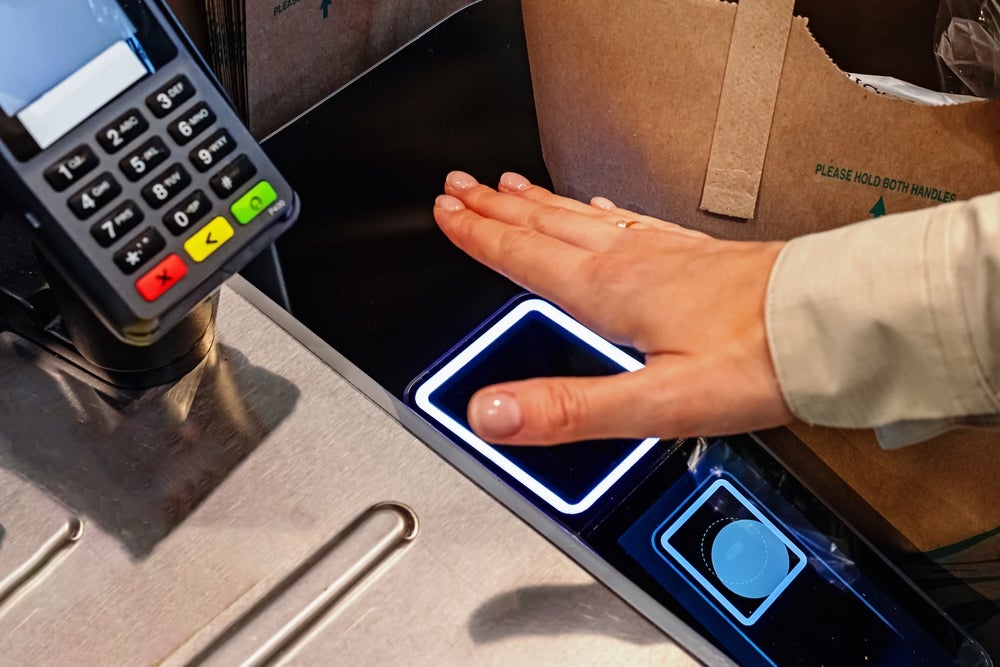customers have enjoyed relatively cheap ATM use, but the latest
move from Bank of America could lead to ATM use fees rising across
the US banking sector. At the end of July, Bank of America
announced that it would be charging non-customers who use its ATMs
a fee of $3, up from $2.
The move could be a lucrative one for the bank, which operates the
largest bank ATM network in the US with 17,000 machines in place.
Bank of America said it is increasing the $2 fee by 50 percent at
about 11,000 of its ATMs, and claims the move is designed to
improve access and convenience for its customers using ATMs at its
branches. But fees will remain the same in the Chicago area, where
Bank of America is battling for greater market share. ATM fees tend
to be lower in areas where banks face increased competition. For
example, JPMorgan Chase charges non-customers $1.50 in the
metropolitan New York area, but $2 in most other areas.
However, Bank of America’s move has spurred other US banks to
increase their ATM fees. Among Bank of America’s competitors, US
Bancorp, Citi, Chase and Wachovia have also pushed up the cost of
ATM fees for non-customers. Last year, Citi raised its non-customer
ATM fee from $1.50 to $2, while Chase and Wachovia raised their
fees in certain areas of the US.
US Bancorp also raised its fees in direct response to Bank of
America’s move, citing competitive pressure. US Bancorp ATMs
continue to be free to customers of other financial institutions if
that institution is part of the MoneyPass surcharge-free ATM
network. There are currently 28 financial institutions in
California that are part of the MoneyPass network. US Bancorp said
it also waives the non-customer ATM fee for California’s electronic
benefit transfer recipients, who access their cash benefits through
ATMs.
However, two of Bank of America’s biggest rivals, Washington Mutual
and Wells Fargo, have so far refused to join the fray; both banks
state that they had no plans to change their ATM fee pricing
structures. But it seems that higher fees could be here to stay, as
banks look to derive revenues from other areas given the saturated
nature of the US credit card market. Given the rising popularity of
debit card use in the US, other banks are likely to follow
suit.

How well do you really know your competitors?
Access the most comprehensive Company Profiles on the market, powered by GlobalData. Save hours of research. Gain competitive edge.

Thank you!
Your download email will arrive shortly
Not ready to buy yet? Download a free sample
We are confident about the unique quality of our Company Profiles. However, we want you to make the most beneficial decision for your business, so we offer a free sample that you can download by submitting the below form
By GlobalData
According to US banking metric tracking website Bankrate.com, on
average, US banks charge non-customers $1.64 for using their ATMs,
while 77 percent of banks charge their own customers for using
another bank’s ATM. Those fees are typically $1.50 or $2.
The move by Bank of America and its rivals is not without
controversy. Consumer advocacy groups, which already have the banks
in their sights over credit card fee practices, are protesting
vociferously about the ATM fee hikes and are putting pressure on
the US Congress to investigate banking charges. They are also
protesting that Bank of America’s dominant position and widespread
ATM network gives it an unfair advantage in the market.
Consumer advocacy group Americans for Fairness in Lending said:
“The ultimate consequence would be an unconscionable squeeze on low
and middle-income bank consumers.” Americans for Fairness in
Lending has called for Congress and bank regulators to place a cap
on ATM fees.
Smaller banks may also take a hit. Bank of America’s move could
punch a hole in the profits of smaller banks, such as Commerce
Bancorp and PNC, which offer to pay customers’ ATM fees if they use
ATMs from rival banks. Smaller banks are also at a disadvantage
given that their ATM networks pale in comparison to their larger
rivals. But the move could help Bank of America persuade more
customers to take up its banking services and avoid such fees
altogether.







